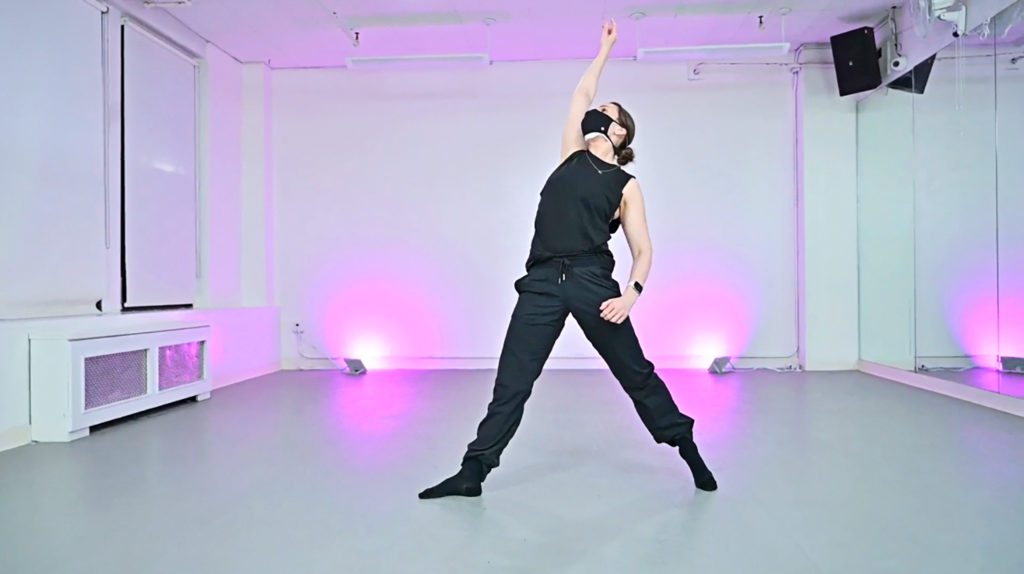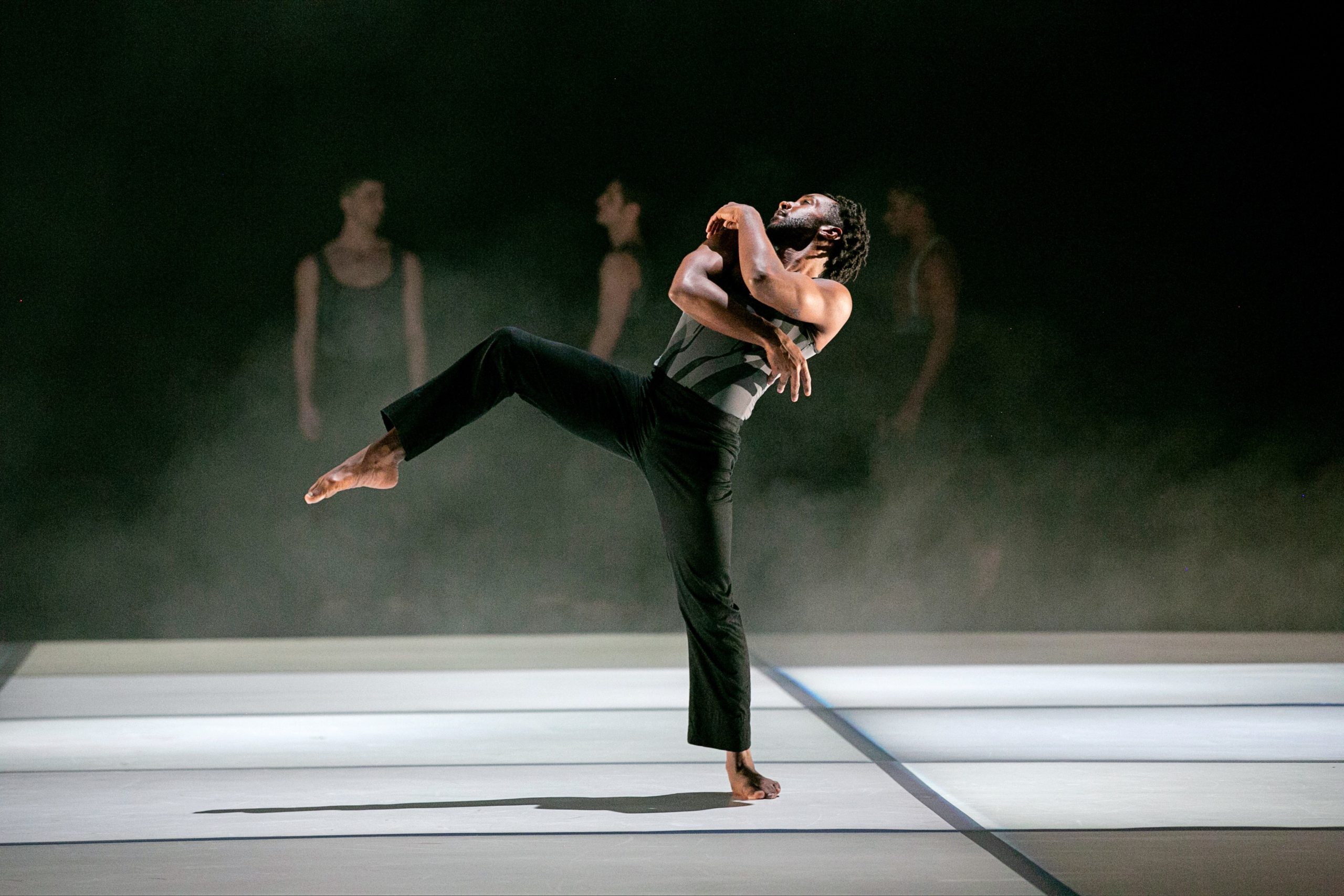Eight Pros on Landing Their Dream Role
Every dancer has a dream role. For some, it’s one character they’ve dreamed of dancing, often from a young age. For others, it extends beyond the stage—a dream role can be less about portraying a specific part or dancing in a particular show and more about finding a career path that feels perfectly suited to them. Eight dancers share what it took to land their dream roles, and how they felt once they got there.
Alex Clayton
Role: Dancer with Paul Taylor Dance Company
Alex Clayton didn’t start pursuing dance seriously until he was a senior in high school. “I knew I was starting late,” he says. He also didn’t see himself reflected in many of the country’s prominent dance companies. “I was very aware of the filters that I would have to go through in order to get a professional job as a short, Black man,” he says.
While Clayton was studying dance at Stephens College, he fell in love with Paul Taylor’s choreography. He was also inspired by the fact that Taylor didn’t seem wedded to one particular “look” for his dancers. After graduating from college in 2013, he went on to study at The Ailey School and was a member of Graham 2 for a year. He kept his sights set on Taylor, auditioning twice for the company unsuccessfully. Clayton didn’t give up: He kept taking classes, eventually becoming a scholarship student at the Taylor School and working as a rehearsal assistant. “That allowed me to get to know the dancers better,” he says, “and it allowed the company to see me working well with the dancers. I think, ultimately, that’s what Paul admired—the confidence I gained.” Clayton got his dream gig in 2017, when he was asked to join the company.
Madeline Jafari
Role: Performer in STOMP
Madeline Jafari auditioned for the long-running phenomenon STOMP, one of the first shows she’d seen in New York City, while still a student at New York University’s Tisch School of the Arts. Jafari made it to the audition’s second round, but ultimately was cut. “It was one of my first major auditions. I don’t think I was even ready to take the job if I had gotten it,” she says.
Years later, during the pandemic, Jafari was feeling more confident as a performer but doubtful about her future. While considering moving home to Austin, Texas, she made a list of the jobs that would make it worth staying in New York. STOMP was one of them. She auditioned again and, after a whirlwind three-day process, landed a spot in the show—with just six weeks to prepare before heading out on tour. “There was many a tearful night” while learning the show’s complex rhythms, she says, but the process got her back in touch with her roots as a rhythm tap dancer from a musical family. “So much of my focus has been on contemporary dance,” she says, “but I think first and foremost I might be a musician.”
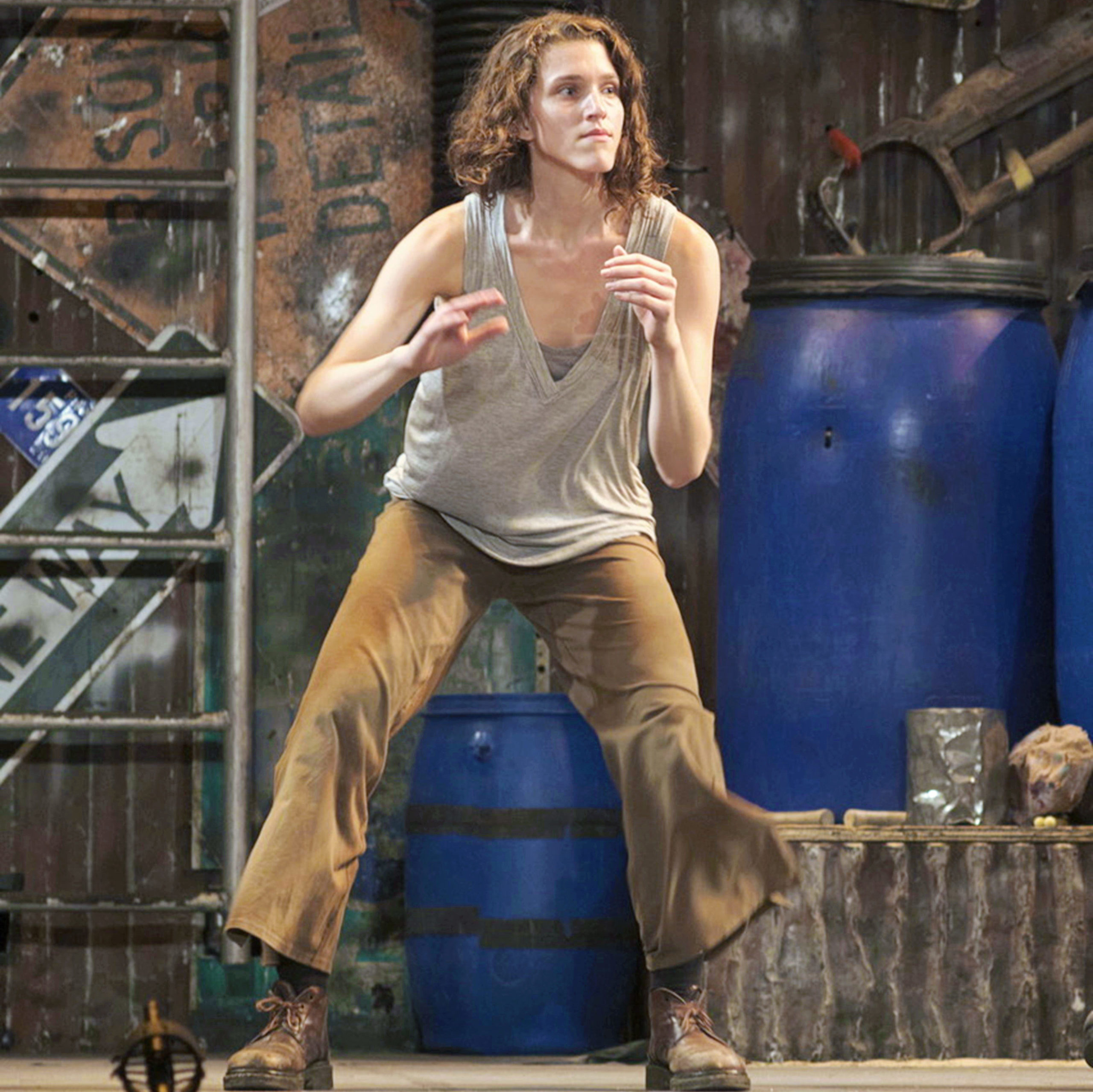
Melissa Almaguer
Role: Performing with Dormeshia
Mexican tap dancer Melissa Almaguer has been enthralled with Dormeshia—long considered one of the greatest living tap dancers—since a trip to New York City in 2017, when she saw Dormeshia perform in The Blues Project with Dorrance Dance. “I realized that this is what I want to do for the rest of my life,” Almaguer says. “I want to make people feel the way she made me feel.”
Almaguer had been visiting New York City on a tourist visa, and when she went home to Mexico, she got to work on securing an artist visa and continued to hone her craft, traveling the world to take class with Dormeshia and other mentors, such as Derick K. Grant. “I let my work do the talking,” she says. When Almaguer moved to New York in 2022, Dormeshia invited her to perform with Dormeshia Tap Collective at The Joyce Theater. “Just to be onstage, looking at her and creating music with her, it was magical,” Almaguer says. The opportunity was followed by another dream gig: her own set at The Jazz Gallery, a few weeks later.
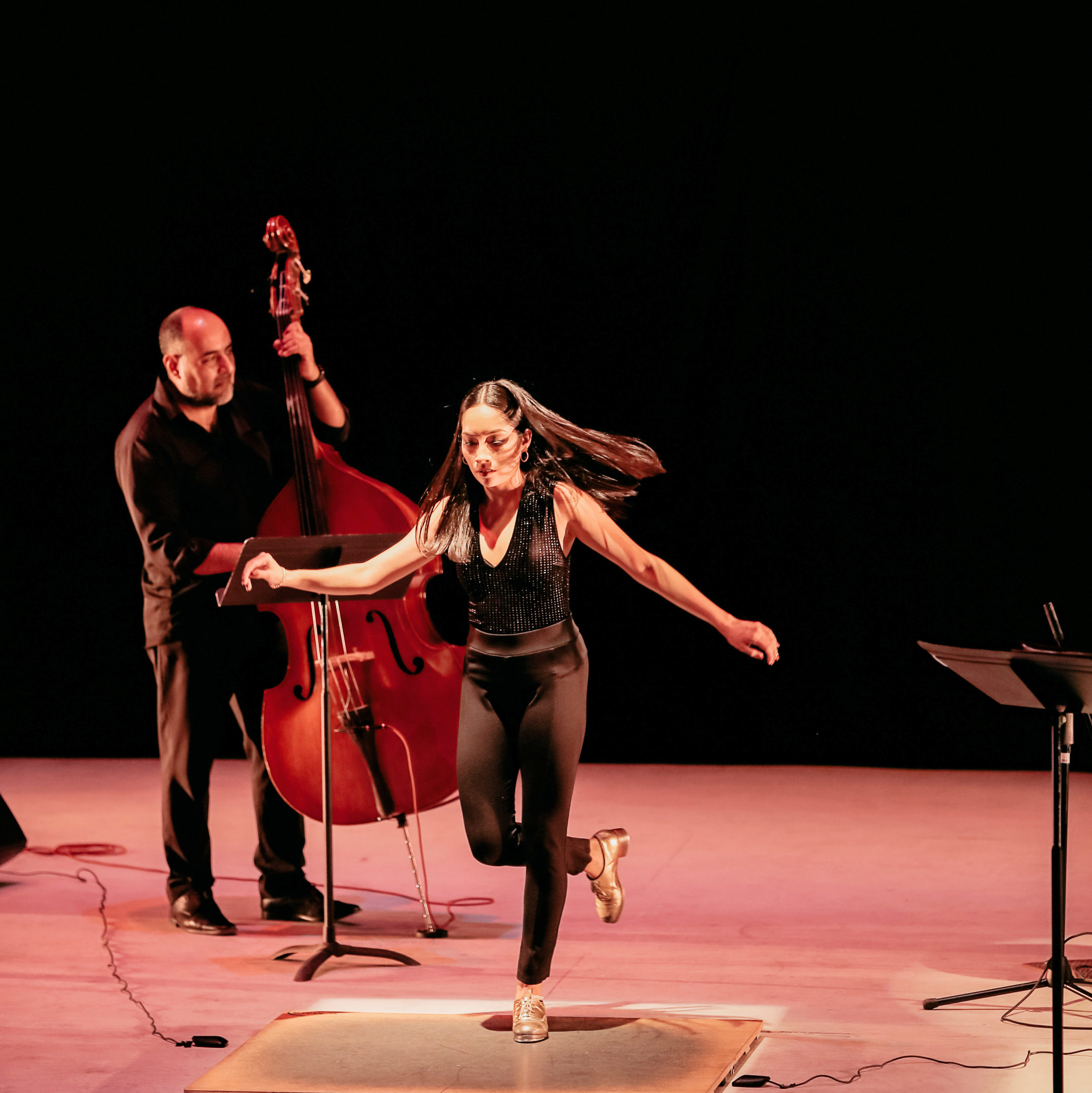
Dre Torres
Role: Assistant tap dance choreographer for Funny Girl on Broadway
As a young dancer, Dre Torres dreamed of working on Broadway. She grew up tap dancing under Melba Huber, spent five years as a principal artist with Tapestry Dance, then co-choreographed a production for London-based tap company Old Kent Road that toured the world. Broadway fell off her radar until her mentor and collaborator Ayodele Casel became the tap choreographer for Funny Girl and invited Torres to join the production as her assistant. “It was almost like a rewind to my childhood,” says Torres. “I don’t think that little girl in McAllen, Texas, really could have seen that coming. But she did dream it.”
Torres was involved in preproduction for Funny Girl and then helped prepare new star Lea Michele to take over the title role. “It was just me, Ayodele and Lea in the studio,” she says. “In the moment I was offered this role, I had the ability to say yes because all the other things I had done prepared me for it.”
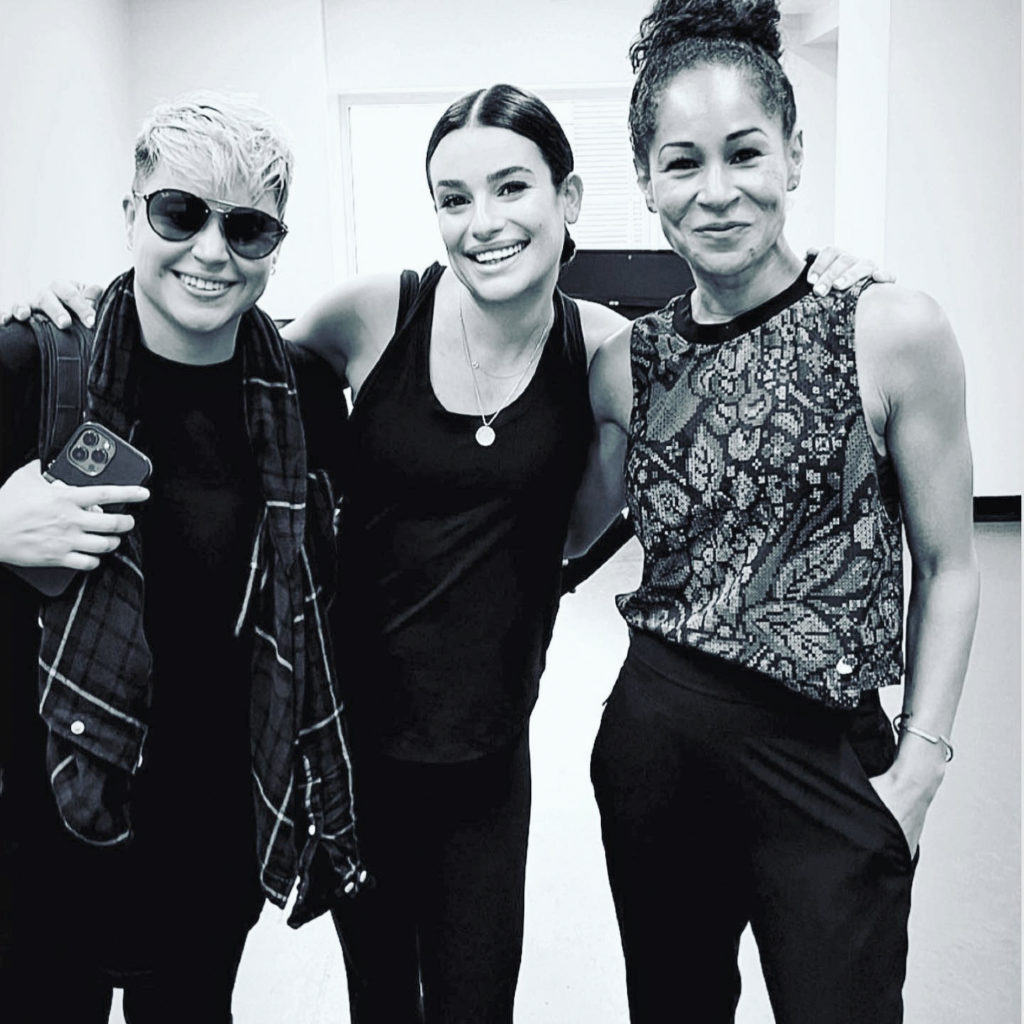
Alice Wells
Role: Alice in Alice in Wonderland
It wasn’t just the shared name that attracted Alice Wells to the role of Alice. “It was a role I always wanted to do, because I related to her curiosity,” says Wells. In high school, she watched hours upon hours of dance on YouTube, and the many versions of Alice’s Adventures in Wonderland with fantastical costumes and props were among her favorites. However, not all companies perform the ballet—when Wells joined Missouri Contemporary Ballet (now Mareck Dance), she wasn’t even aware Alice in Wonderland was part of the company’s repertory. She was so excited about the show that she would have been happy with any role, but being cast as Alice in 2019 felt like a “dream come true,” she says.
Wells prepared by reading the book. “It helped me make connections between scenes and stay in character,” she says. It’s also an acting-heavy role, which required some preparation. “The acting was really fun, but also challenging. I had to work a lot on remembering to react a little bit more slowly, and holding my expressions a little bit longer,” says Wells. Now living in San Francisco, she says: “I’d love to get to do it again if I could.”
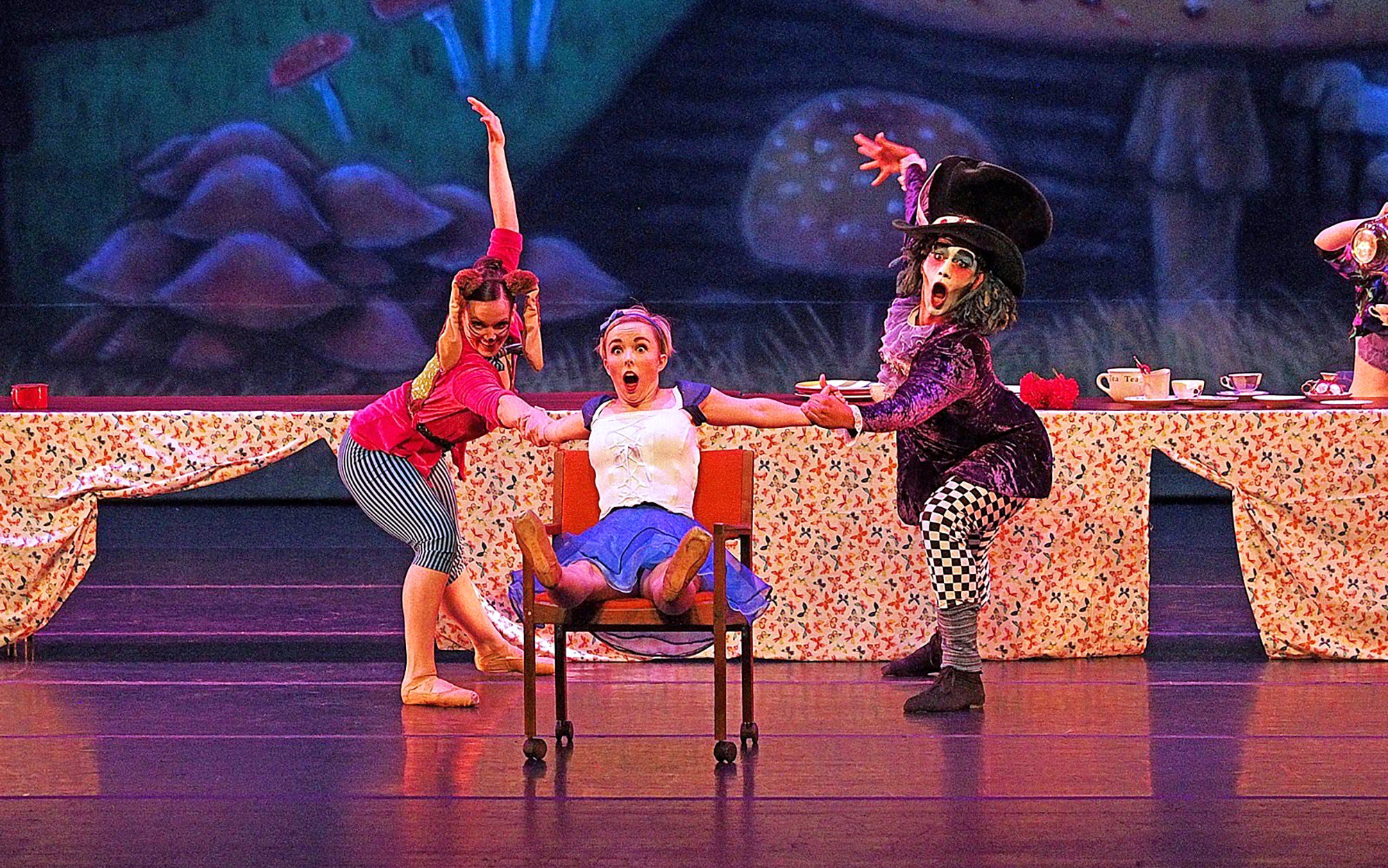
Allie Hutchins
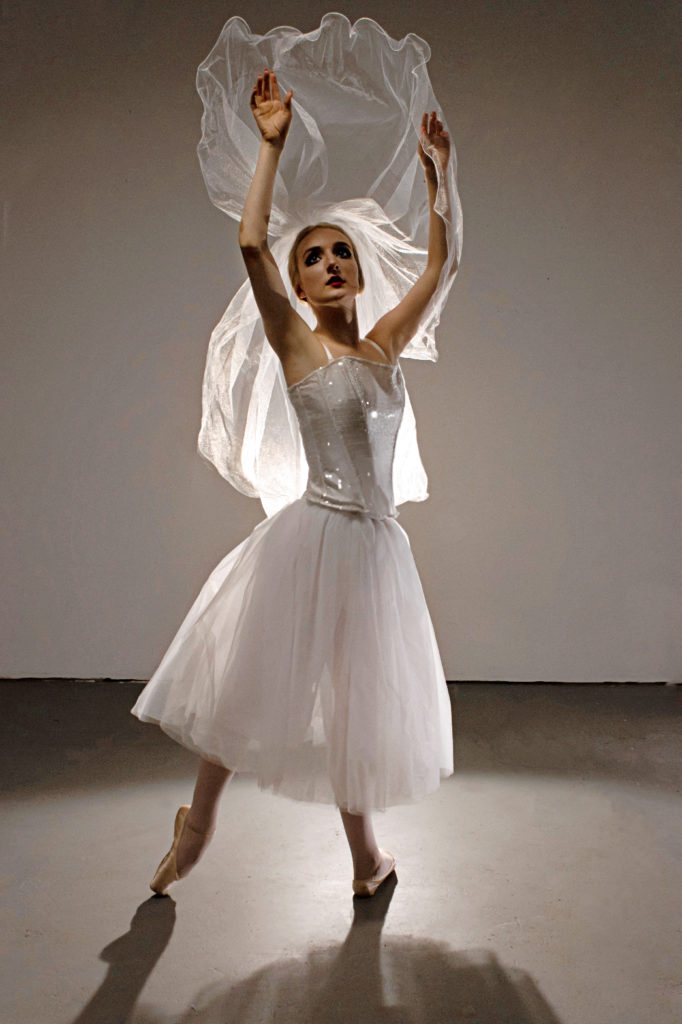
Role: Giselle
It’s not difficult to understand why a ballet dancer would want to portray the iconic role of Giselle, one of ballet’s greatest Romantic—and tragic—heroines. “I relate to her a lot,” says Allie Hutchins, a principal dancer with American Liberty Ballet in New Jersey. “She has this ideal of love and it’s been taken from her and crushed, but she still holds on to it even in death.”
Perseverance was key in Hutchins’ journey to securing the role, one she had dreamed of dancing since childhood. In 2016, when she was 20, Hutchins was hit by an SUV that crashed through the window of her family’s dance studio, leaving her unable to use her right leg for about a month. Complete recovery was a long and difficult process. “I really had to work on having enough supporting strength, but then finding freedom within the form of ballet, to be free enough to move like a young, spirited girl again,” she says. Hutchins debuted as Giselle this year, her first title role after being promoted to principal the season prior.
Brandon Cournay
Role: Dynamic, genre-bending dance
As a teenager, Brandon Cournay coveted being cast in two shows: Twyla Tharp’s Movin’ Out and Celine Dion’s epic Las Vegas residency production A New Day…, choreographed by Mia Michaels. Cournay loved the way both productions melded the commercial background he’d grown up with at a competition studio and the concert-dance influences he was later exposed to at The Juilliard School. But by the time he graduated from college in 2009, both shows had closed.
Cournay reframed his dream, finding creative homes that allowed him to explore his love for eclectic styles. First, he was a dancer in Keigwin + Company. “Larry Keigwin has never been afraid of pop culture,” he says. And since 2018, Cournay has been a member of Mark Morris Dance Group, which feeds his interests in new ways. “Mark’s vast repertoire has a real diversity of styles,” says Cournay. “Each work of his that I do feels really different, and that keeps me creatively active.”
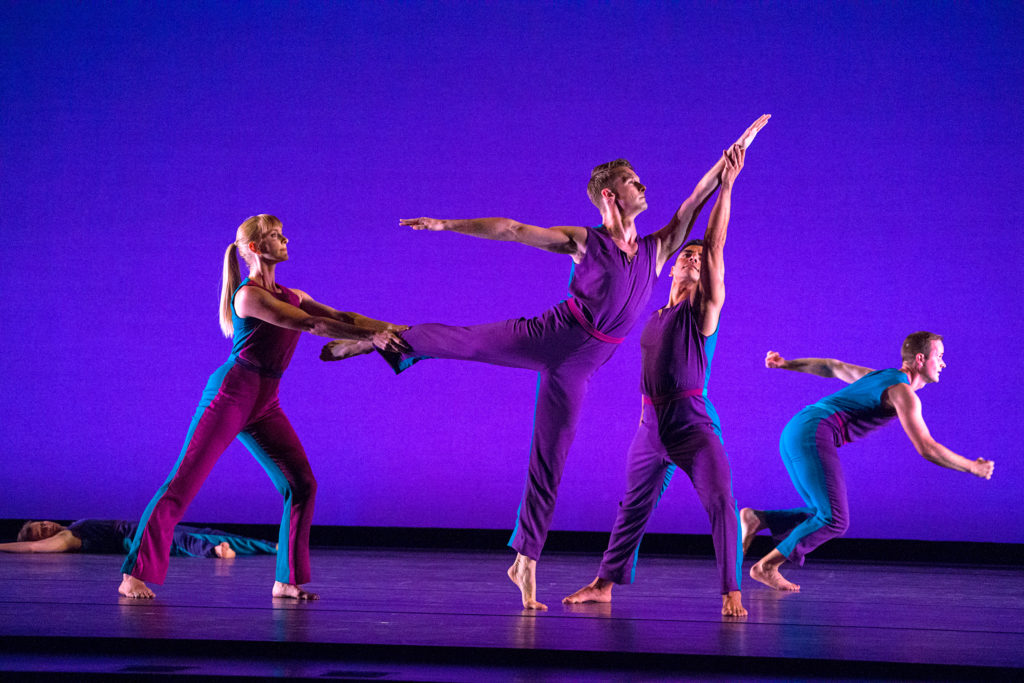
Emily Bufferd
Role: Teacher at Steps on Broadway and Broadway Dance Center
Not all dream roles take place onstage: “I knew from an early age that I wanted to pursue being an educator,” says Emily Bufferd. As a young student, she always assisted teachers—not just for the tuition benefit, but because she loved it.
From the moment she moved to New York City at 18 to pursue a dance career, Bufferd began forming relationships with her favorite teachers, including Tracie Stanfield, Shelly Hutchinson, Sheila Barker, Ginger Cox and Michèle Assaf. Teaching at studios like Broadway Dance Center and Steps on Broadway became her dream. “I feel it’s important that I had to earn these opportunities,” says Bufferd. “These studios are legacy studios. People have been trusting their training to those educators for longer than most of the dancers going there have been alive.” She started as a substitute, slowly working her way to guest-teaching slots at BDC. In a moment she says felt almost too good to be true, Bufferd was offered a regular slot at Steps in 2018; a regular slot at BDC soon followed. She now teaches a host of classes at both studios, including jazz, lyrical, contemporary, and jumps and turns.
